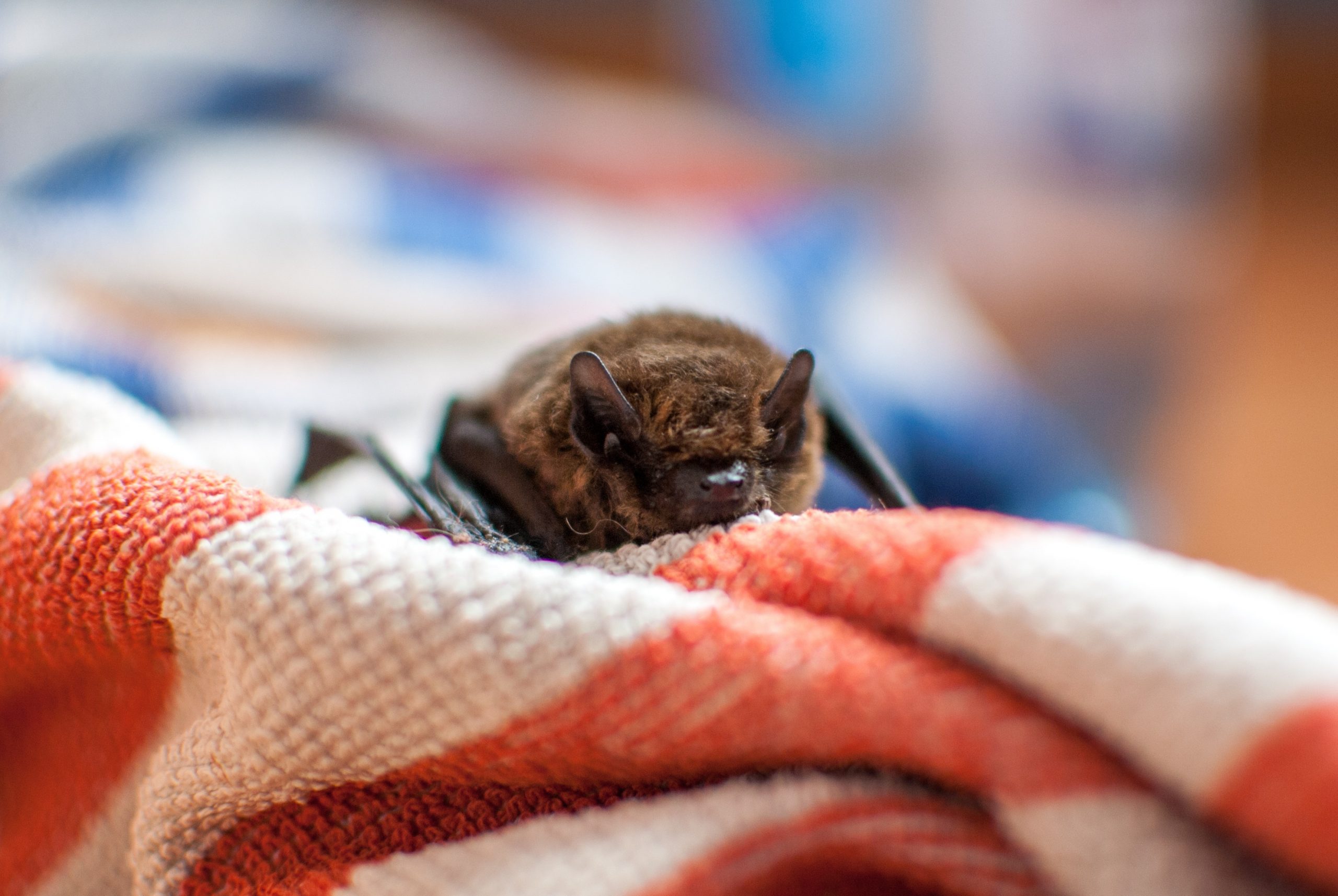
28 Oct Showing the love for bats in the spooky season!
Show some love for bats this spooky season
While bats are synonymous with the spooky Halloween season, they’re not scary creatures at all! They are vital for the area’s biodiversity, eating up to 3,000 insets each night, including mosquitoes, moths and beetles.
These nocturnal cuties look for food at night and use echolocation to find it. This means that they emit a high-pitched sound that bounces off objects and returns to their ears and tells them where things are. This sense is so amazing that some bats can even detect insect wings fluttering, which is helpful when that’s tonight’s dinner.
Alongside butterflies and bees, bats are also important pollinators so it’s really important that we look after them. In Britain, all bat species and their roosts are legally protected, but they are also under threat as houses become more economically efficient and the roofs where they used to roost are no longer open to them.
The good news is, there are things we can do to help them thrive!
Get a bat box!
Bat boxes offer a variety of smaller bat species an ideal place to live. They are not the same as bird boxes, as the access is from underneath the box, with a special landing pad with notches which gives the bats a better grip.
Hang your bat box at least four metres high, ideally on a building or pole and with a clear flight path out. If you’re placing one on your home, get as close to the eaves as possible. The box should be placed on sunny aspects to provide a range of warm conditions and sheltered from strong winds.
You can get bat boxes at local garden centres such as Hambrooks or Stewarts.
Keep it dark
Bats are nocturnal animals that have adapted to a life in darkness. Too much artificial lighting on your home or garden may cause bats to abandon their roost. Lighting should also be avoided because it fools bats into thinking it’s still daytime outside, which prevents or delays them emerging to eat.
You can find more information and guidance on how to look after our local bats through organisations such as The Bat Conservation Trust or the Hampshire Bat Group.
Found a bat in peril?
If you find a bat on the ground, exposed during the day or attacked by a cat or other predator, it’s vital that it’s not released or left without advice.
Put some gloves on and contain it in a suitable container, if possible. You can make a container from a shoe box with holes punched in the lid, a cloth or tea towel and a plastic bottle cap.


